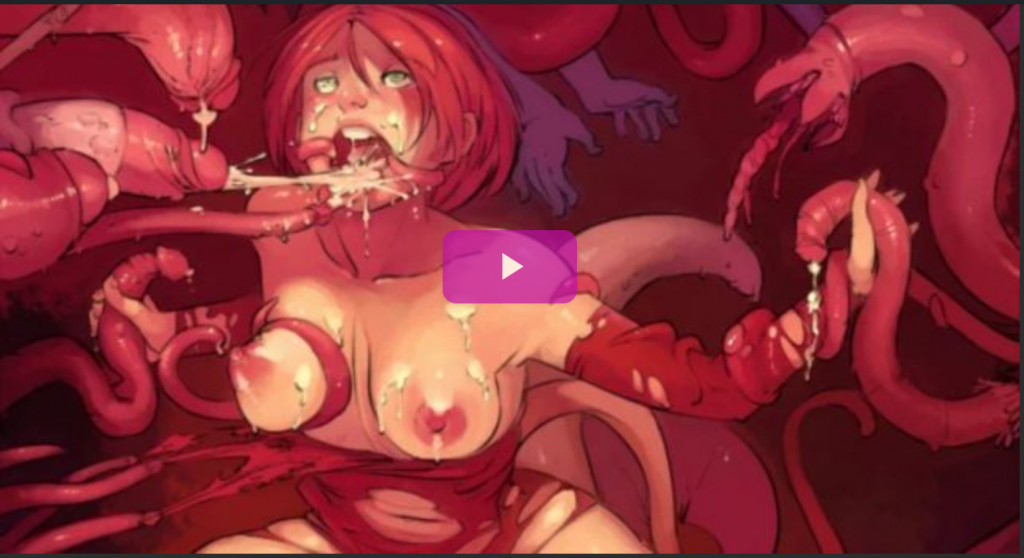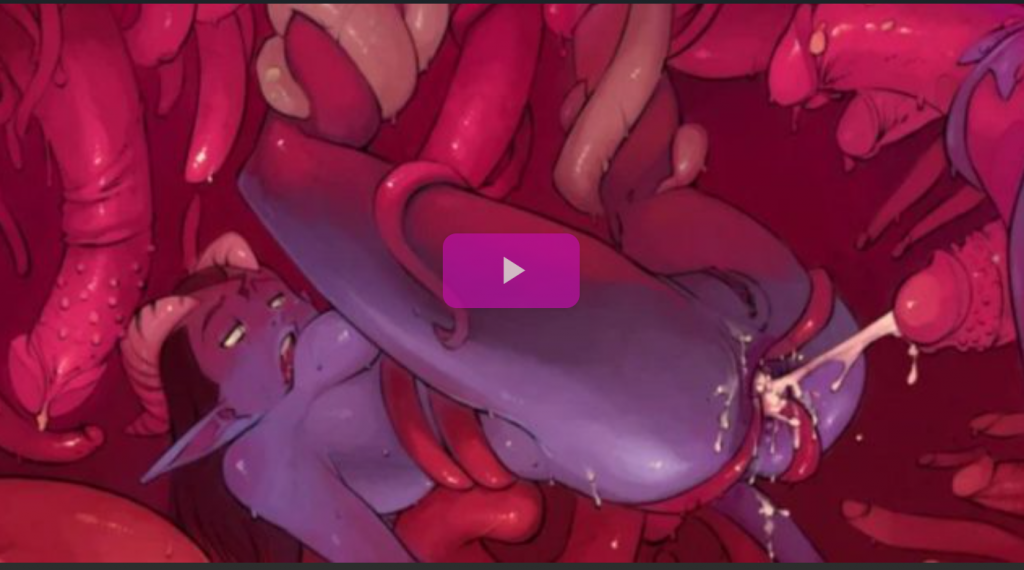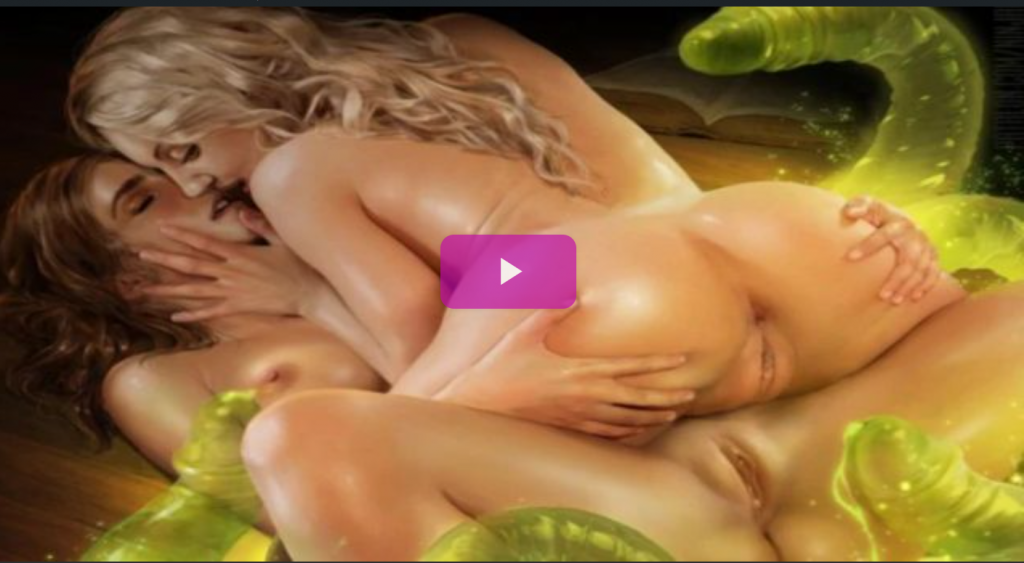Introduction
Uncensored Tentacle Cartoon Many people have heard of the concept of uncensored tentacle cartoons, but few have actually seen one. These cartoons are often misunderstood and judged without being watched first, but there is much more to them than what first meets the eye. In this blog post, we will explore why you shouldn’t judge an uncensored tentacle cartoon without watching it, and what you can expect from such a cartoon. With this information, you can make an informed decision on whether or not to watch an uncensored tentacle cartoon.
What is an Uncensored Tentacle Cartoon?

An uncensored tentacle cartoon is a type of cartoon that features explicit depictions of tentacles. These cartoons typically involve the tentacles taking part in various activities, such as interacting with characters, attacking enemies, or even providing comic relief. In some cases, the tentacles may even be used as a sexual symbol or for comedic effect.
The history of these types of cartoons dates back to the late 19th century, when Japanese artist Hokusai created a famous image of an octopus embracing a woman. This image, often referred to as “The Dream of the Fisherman’s Wife”, helped to spark a fascination with tentacle art which continues today.
Over time, the use of tentacles in cartoons has become increasingly popular. Tentacles are now featured in many genres, from fantasy and science fiction to horror and comedy. Many of these cartoons feature uncensored content that is considered inappropriate for some audiences. As a result, uncensored tentacle cartoons have gained notoriety among some viewers.
The History of Uncensored Tentacle Cartoons

The origins of Uncensored Tentacle Cartoons dates back to the late 19th century in Japan, during the Meiji era. The earliest example of this genre is “Urashima Tarō” (1904), a short story by the author and playwright Tsuruya Nanboku. This popular story features a fisherman who rescues a mysterious turtle and is taken to an underwater kingdom populated by tentacled creatures.
In the 20th century, uncensored tentacle cartoons became a popular art form in Japan. Starting in 1967, with “Tentomushi Comics” (a series of comics featuring anthropomorphic insects), this genre of cartooning began to gain momentum in Japan. Tentacle cartoons grew in popularity through the 1970s and 80s, with the release of “Urotsukidoji: Legend of the Overfiend” (1989) being a notable example of this period.
The rise of the Internet has had a major influence on the spread of uncensored tentacle cartoons, with many websites hosting such content available for free or for purchase. In the 21st century, uncensored tentacle cartoons have become more accessible and accepted by wider audiences around the world. In recent years, there has been an increase in the popularity of uncensored tentacle cartoons with new releases being regularly made and shared online.
The Controversy Surrounding Uncensored Tentacle Cartoons
Uncensored tentacle cartoons have been a source of controversy ever since their inception. Due to the graphic nature of the content, some people view these cartoons as inappropriate for children and young viewers, while others argue that censoring them would be a form of censorship.
Critics of uncensored tentacle cartoons argue that their portrayal of violence and sexual content is too graphic and inappropriate for young viewers, while supporters argue that they can help educate viewers on the dangers of such extreme content. For example, many uncensored tentacle cartoons explore topics such as revenge, suicide, and sexual assault in a way that can help younger viewers become more informed on these topics.
The debate surrounding uncensored tentacle cartoons continues to this day, as both sides make compelling arguments for and against the censorship of such cartoons. Regardless of where you stand on the issue, it is important to keep in mind that you should never judge something before you see it for yourself.
Why You Shouldn’t Judge Uncensored Tentacle Cartoons Without Watching Them

Uncensored tentacle cartoons have become a controversial topic in recent years due to their explicit content. This genre of animation has been around since the mid-1990s, but recently there has been a rise in popularity and debate around it. Many viewers find the content of these cartoons to be offensive or inappropriate, and these reactions are often based on the reputation the genre has earned over the years. Unfortunately, this means that people are not taking the time to watch uncensored tentacle cartoons before passing judgement.
There are many misconceptions about uncensored tentacle cartoons, including the belief that they are always graphic and sexual in nature. In reality, there is a wide variety of content found in this genre. Some cartoons are more graphic than others, but even those can have underlying messages about morality or social issues. Even if someone does not agree with the themes of an uncensored tentacle cartoon, it is important to recognize the artistic value and unique visual style found in this type of animation.
Why is it popular uncensored tentacle cartoon
It is also important to remember that while some people may find the content of these cartoons to be offensive or inappropriate, there is still a large audience that appreciates the artistry behind it. Fans of uncensored tentacle cartoons are passionate about the genre and recognize its creative potential. It is important to respect this enthusiasm and appreciate the talent behind it.
How did it watch uncensored tentacle cartoon
Another point of contention is whether or not these cartoons should be censored at all. Supporters of censorship argue that these cartoons should be censored in order to protect children from being exposed to violent and sexual content, while opponents of censorship argue that censorship could limit freedom of expression and artistic expression.
Conclusion
Uncensored Tentacle Cartoon In conclusion, it is important to remember that everyone is entitled to their own opinion about uncensored tentacle cartoons. However, before judging the content or artistic merit of these cartoons, it is important to take the time to watch them first. Only then can one truly understand the complexity and beauty of this genre and appreciate its place in modern animation.
